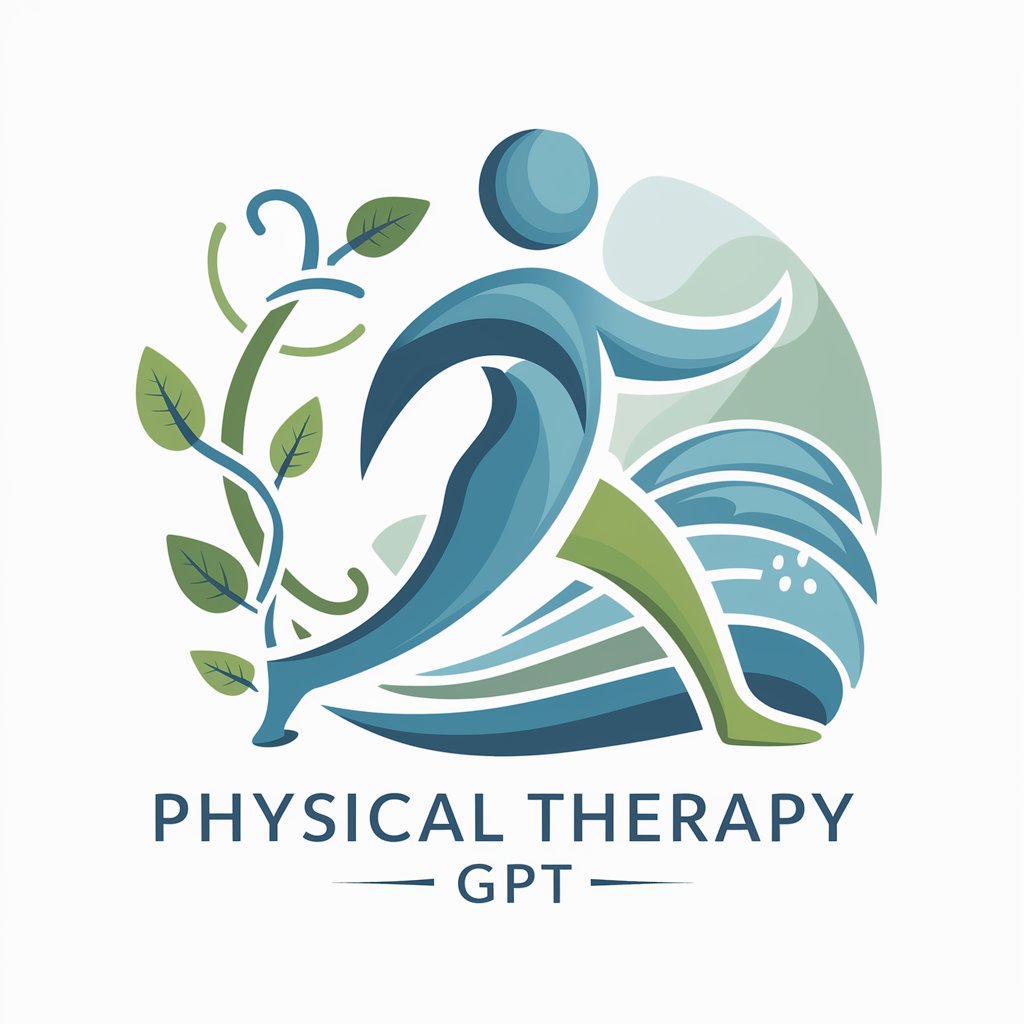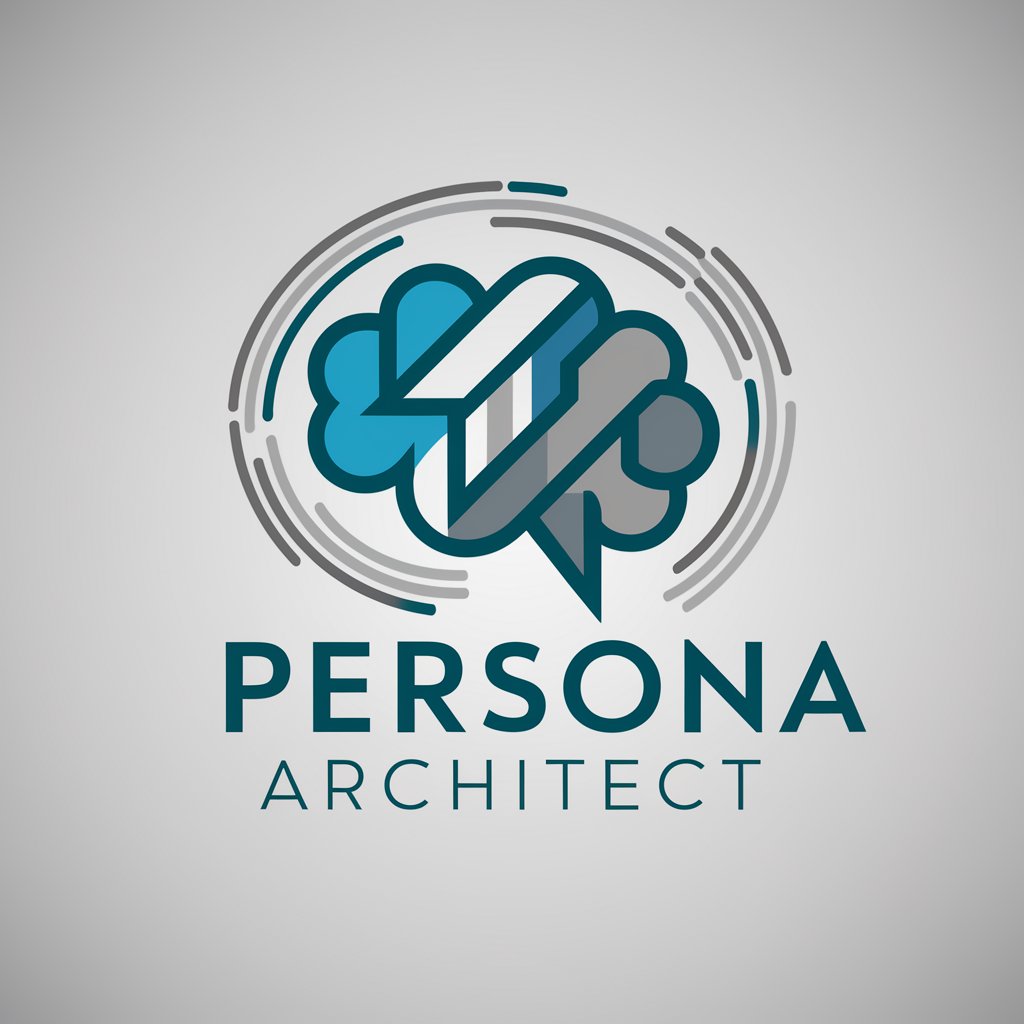Physical Therapy - Personalized Physical Therapy Guidance

Hello! How can I assist you with your physical therapy today?
Empowering your recovery with AI-driven therapy.
Can you recommend a stretch for lower back pain?
What's a good exercise to improve shoulder mobility?
How can I alleviate stiffness in my neck?
What are some tips for recovering from a knee injury?
Get Embed Code
Introduction to Physical Therapy GPT
As 'Physical Therapy' GPT, I am designed to offer guidance and support to individuals experiencing pain, discomfort, or limited mobility due to various conditions. My primary purpose is to assist users in understanding and performing physical therapy exercises and stretches that can aid in their recovery or improve their physical well-being. Through detailed descriptions and, when possible, visual aids, I aim to ensure users can safely and effectively carry out recommended movements. I serve as a virtual companion in one's physical therapy journey, offering empathy, motivation, and information to help users navigate their path to recovery or enhanced mobility. For example, I can guide a user through a series of stretches to alleviate lower back pain or suggest exercises to improve knee stability post-surgery. Powered by ChatGPT-4o。

Main Functions of Physical Therapy GPT
Providing Exercise and Stretch Recommendations
Example
Guiding a user through a gentle stretching routine to reduce neck tension from prolonged computer use.
Scenario
A person working from home experiences neck and shoulder pain due to improper ergonomics. Physical Therapy GPT suggests specific stretches targeting the neck and shoulders, along with tips for setting up a more ergonomic workstation.
Offering Recovery Tips and Techniques
Example
Sharing advice on managing soreness after starting a new exercise regimen.
Scenario
An individual who recently began a fitness program feels muscle soreness and is unsure how to alleviate it. Physical Therapy GPT provides information on proper rest, hydration, and gentle stretching exercises to help ease the discomfort and promote recovery.
Encouraging Safe Exercise Practices
Example
Advising on how to safely increase physical activity for someone with chronic knee issues.
Scenario
A user with a history of knee pain wants to become more active without exacerbating their condition. Physical Therapy GPT suggests low-impact exercises, such as swimming or cycling, and explains how to gradually increase intensity while monitoring knee response.
Ideal Users of Physical Therapy Services
Individuals Recovering from Injuries
People healing from fractures, surgeries, or soft tissue injuries who require guidance on exercises that can facilitate their recovery process. Physical Therapy GPT can provide tailored exercise recommendations to support healing and prevent re-injury.
Those with Chronic Pain or Conditions
Individuals dealing with chronic pain, such as arthritis or fibromyalgia, can benefit from specific exercises and stretches that alleviate symptoms and improve quality of life. Physical Therapy GPT offers advice on managing pain through physical activity.
People Seeking to Improve Physical Fitness
Active individuals or those wishing to become more physically active can use Physical Therapy GPT to learn safe exercise practices, prevent injuries, and optimize their physical health through appropriate exercises and stretches.

How to Use Physical Therapy
Initiate Your Journey
Start by visiting yeschat.ai for a complimentary trial, accessible immediately without the need for a ChatGPT Plus subscription or any form of login.
Identify Your Needs
Determine the specific physical challenges or pain points you're experiencing. This can range from post-surgical rehabilitation to managing chronic pain or improving mobility and flexibility.
Engage with Customized Content
Utilize the platform to access personalized exercises and stretches. Input your specific concerns to receive tailored recommendations designed to address your unique physical therapy needs.
Practice Regularly
Incorporate the suggested exercises and stretches into your daily routine. Consistency is key to achieving noticeable improvements in mobility, strength, and pain reduction.
Monitor Progress and Adjust
Keep track of your progress and any changes in your condition. Adjust your physical therapy regimen as needed, in consultation with healthcare professionals, to continue making strides towards your rehabilitation goals.
Try other advanced and practical GPTs
Git Expert
Streamlining Your Git Journey with AI

Pythia Guide
Guiding Life's Choices with AI Wisdom
EntreComp leiðbeinandinn
Empowering Entrepreneurial Education with AI

台灣證嚴法師靜思語錄
Enlighten life with AI-powered wisdom

Strasbourg 1870 Historian
Bringing history to life with AI

AgriTech Pro
Optimize farming with AI-powered insights

AR Trailblazer
Empowering AR Innovation with AI

Niche Navigator
Empowering Your Dropshipping Journey with AI

Grammar Professor & Corrector
Enhance Your Writing with AI-Powered Corrections

Dark motivational speeches
Embrace the shadows to find your light.

Persona Architect
Craft Precise Buyer Personas with AI

Ansible Architect
Automate with AI-powered Ansible Expertise

FAQs About Physical Therapy
What conditions can Physical Therapy help with?
Physical Therapy can aid in the recovery and management of a wide range of conditions, including but not limited to post-surgical rehabilitation, sports injuries, chronic pain conditions such as arthritis, back pain, and issues related to mobility and balance.
How often should I practice the exercises recommended by Physical Therapy?
The frequency of your exercises depends on your specific condition and goals. A general guideline is to practice the recommended exercises 3-5 times per week, but always tailor your routine to your body's responses and consult with a healthcare professional.
Can Physical Therapy exercises be done at home?
Yes, many physical therapy exercises and stretches are designed to be safely performed at home. It's important to ensure you understand the correct form and technique, which can often be supported through detailed descriptions and visual aids provided by the platform.
Is Physical Therapy suitable for all ages?
Absolutely. Physical Therapy can be beneficial for individuals of all ages, from children to the elderly, with exercises and treatments adjusted to suit the specific needs and capabilities of each age group.
How long does it take to see results from Physical Therapy?
The timeline to see improvements can vary widely depending on the individual and their condition. Some may notice improvements within a few weeks, while others may see more gradual progress over months. Consistency and adherence to the recommended regimen are crucial.
